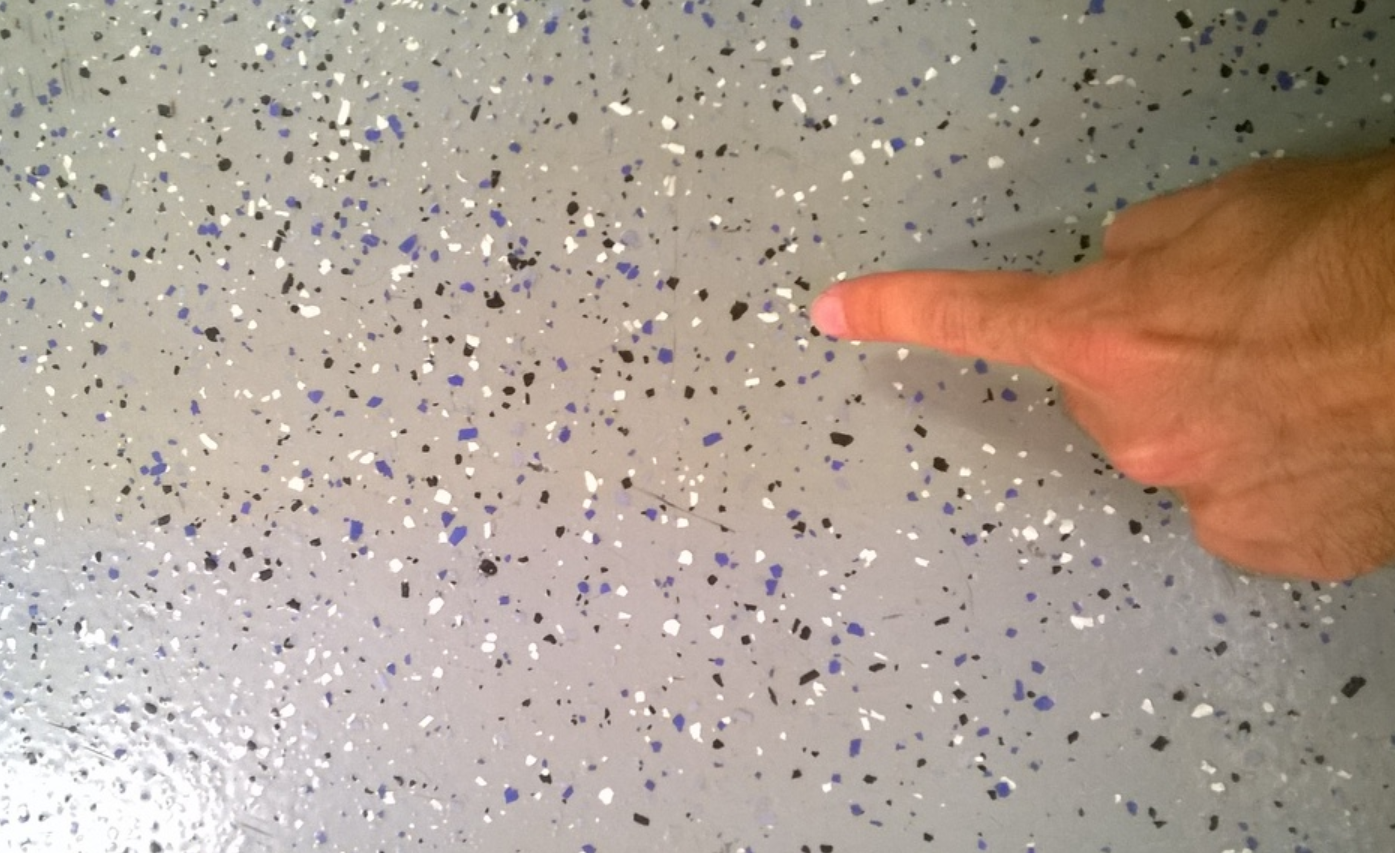
Are you sick of looking at your yellowed epoxy garage floor? It’s common for epoxy floors to turn yellow over time due to sun exposure, chemicals, and wear and tear. However, there are solutions to restore your garage floor back to its original color and shine.
In this article, we will explore how to fix a yellowed epoxy garage floor step-by-step. Whether you’re planning on selling your home or simply want a fresh start in your garage, these tips and tricks will help bring new life to your flooring. So let’s get started!
Table of Contents
ToggleUnderstanding the Causes of Yellowing
Before diving into the solutions, it’s essential to understand the causes of yellowing in epoxy garage floors. Several factors contribute to this issue:
UV Exposure: Epoxy coatings are sensitive to ultraviolet (UV) light. Prolonged exposure to sunlight can cause the epoxy to yellow or amber over time.
Chemical Reactions: Certain chemicals, such as ammonia or bleach-based cleaners, can react with the epoxy and lead to discoloration.
Age and Wear: As epoxy floors age, they may naturally undergo some color changes due to wear and tear or exposure to various elements.
How to Fix Yellowed Epoxy Garage Floor
Now, let’s explore the steps you can take to fix a yellowed epoxy garage floor:
Step 1: Thorough Cleaning
Begin the restoration process by thoroughly cleaning the epoxy floor. Remove loose debris by sweeping or vacuuming the surface. Then, use a mild detergent and warm water to mop the floor. Ensure that any stains, grease, or oil residues are completely removed. Dry the floor completely after rinsing it with clean water.
Step 2: Mechanical Abrasion
To remove the yellowed layer and expose the original epoxy color, you’ll need to mechanically abrade the floor. This can be done using a floor buffer or a diamond grinding machine. Make sure to wear protective goggles, gloves, and a mask during this process. The goal is to create a smooth and clean surface for the next steps.
Step 3: Applying a Fresh Epoxy Coat
Once the floor is thoroughly cleaned and abraded, it’s time to apply a fresh epoxy coat. Here’s how you can do it:
- a) Choose a UV-resistant Epoxy: To prevent future yellowing, select an epoxy coating that is specifically designed to resist UV exposure. These types of epoxy formulations are available in the market and can significantly prolong the floor’s color stability.
- b) Prepare the Epoxy: Follow the manufacturer’s instructions to prepare the epoxy mixture. Be sure to mix the components thoroughly and allow the mixture to sit for the recommended induction period.
- c) Apply the Epoxy: Start by cutting in the edges and corners of the floor using a brush. Then, apply the epoxy coating to the rest of the floor using a roller or squeegee. Work in small sections to ensure even coverage. Remember to maintain a wet edge to avoid lap lines.
- d) Allow Curing: After applying the epoxy, allow it to cure as per the manufacturer’s instructions. This typically involves a curing period of several days, during which the floor should not be subjected to heavy traffic or moisture.
Tips for Keeping Your Garage Floor Clean
Her are some tips to keep your garage floor clean.
Regular Sweeping and Debris Removal
Regular sweeping is the first line of defense in maintaining a clean garage floor. Sweep your garage floor at least once a week to remove dirt, dust, leaves, and other debris that accumulate over time. Use a stiff-bristle broom or a dust mop to effectively collect the debris. Pay extra attention to corners, edges, and hard-to-reach areas where dirt tends to accumulate.
Promptly Clean Spills and Stains
Spills are inevitable in a garage, whether it’s oil, coolant, paint, or any other liquid. It’s crucial to clean up spills immediately to prevent them from seeping into the floor or causing stains. Use an absorbent material, such as cat litter or sawdust, to soak up the liquid. Then, scrub the affected area with a gentle detergent or a specialized garage floor cleaner and rinse thoroughly with water. Prompt action can prevent stains and maintain the integrity of your garage floor.
Avoid Harsh Chemicals
When cleaning your garage floor, it’s important to use cleaning products that are safe for the flooring material. Avoid using harsh chemicals, bleach, or abrasive cleaners, as they can damage the floor’s finish or lead to discoloration. Instead, opt for mild detergents or specialized garage floor cleaners that are designed for your specific flooring material. Before applying the cleaner to the entire floor, follow the manufacturer’s instructions and test it in an inconspicuous area.
Regular Pressure Washing
Pressure washing is an effective method to deep clean your garage floor, especially if it’s heavily soiled or has stubborn stains. Use a pressure washer with an appropriate nozzle and follow the manufacturer’s instructions. Keep in mind that excessive pressure or using the wrong nozzle can damage the floor’s surface, so use caution. Before pressure washing, sweep the floor to remove loose debris. Start from one end of the garage and work your way towards the exit, ensuring even coverage. Allow the floor to dry completely before using the garage again.
Protect the Floor from Heavy Loads
Garage floors are designed to withstand heavy loads, but it’s still important to take precautions to prevent damage. Place mats or rugs in high-traffic areas or under vehicles to catch dirt, moisture, and debris. Use furniture sliders or plywood sheets when moving heavy objects to avoid scratching or denting the floor. Avoid dragging sharp or abrasive objects directly on the floor, as they can cause scratches and damage to the protective coating.
Regular Reapplication of Sealant or Coating
If your garage floor has a sealant or coating, it’s essential to periodically reapply it to maintain its protective properties and enhance its longevity. The frequency of reapplication will depend on the type of sealant or coating used, so consult the manufacturer’s instructions for specific guidance. Reapplying the sealant or coating will help resist stains, prevent moisture penetration, and make cleaning easier.
Conclusion
In conclusion, fixing a yellowed epoxy garage floor is not as difficult as it may seem. By following the steps above, you can restore your garage floor to its original luster and protect it from future discoloration. Remember to properly prepare the surface, choose the right materials and tools, and apply the epoxy carefully for the best results. Don’t let a yellowed garage floor ruin the look of your space any longer. Take action today to get your garage looking clean and polished once again!








